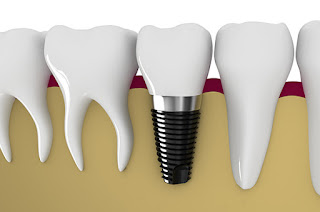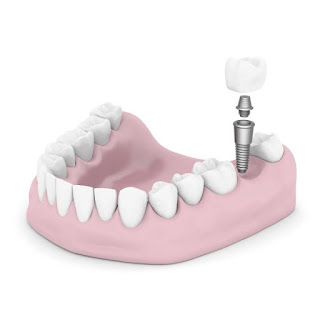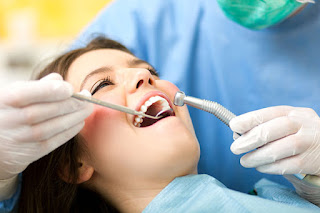 What are dental veneers?
What are dental veneers?Dental veneers are some of the most versatile tools we have when it comes to correcting defects in your teeth. Dental veneers, also known as ceramic or porcelain veneers, are extremely thin pieces of porcelain that we use to replace the damaged enamel on your teeth. The reason dental veneers are so effective is their thinness. Being paper thin, these veneers take on many of the same qualities as naturally occurring enamel. They are extremely hard, which gives you a long-term solution when your enamel has become damaged. They are also extremely brittle, just like enamel, and so you will need to protect your teeth the same way you would protect natural teeth. Being extremely malleable, veneers can be molded to fix a variety of problems with the teeth.
Do dental veneers work for everyone?
Dental veneers are an extremely versatile solution, and in most cases can be used by anyone. For us to make sure that you are an excellent candidate for dental veneers, we will schedule an initial consultation and also a first examination. During your examination, we will make sure that your mouth is in excellent condition and primed to replace your enamel with the veneers. If we find any issues that might become a problem later on in the process, we will work on solutions so that your dental veneers placement is seamless. On rare occasions, during this initial examination, we will find that there are people who cannot get dental veneers and for them we will explore other potential solutions to damaged teeth.
How are dental veneers attached?
As soon as we know that you are an excellent candidate to receive dental veneers, we can proceed to the next step. This step involves selecting the color and shade that you want for your veneers. We will have your veneers custom made to fit your needs, including the shade that you choose from. That information will along with an impression of your teeth will be sent to a dental lab for the final veneers to be created. In the meantime, we will prepare your tooth by removing a portion of your enamel to make sure that the veneers fit flat against the rest of your tooth. Typically this is only a few millimeters but it allows the veneer to fit flush with the tooth. We will then place a temporary veneer on top of it.
Once we have the permanent veneers, we will fit them to your tooth. After making sure that the color is right, we will make any slight adjustments so that the veneer fits the tooth perfectly. We will also check to make sure that your bite is not affected, and once all the elements are perfectly in sync we will cement the dental veneers to your teeth.
What problems do dental veneers fix?
Dental veneers can fix a whole range of challenges. They are an extremely durable and versatile solution. We use them extensively to fix minor breaks, cracks, and chips in teeth. It is often preferable to use veneers over other procedures like dental crowns because veneers only require a small portion of your enamel to be removed. Veneers are also used for cosmetic fixes like making your teeth whiter, straightening them, and correcting minor bite and placement issues.






 In our
In our 
 As an
As an 







